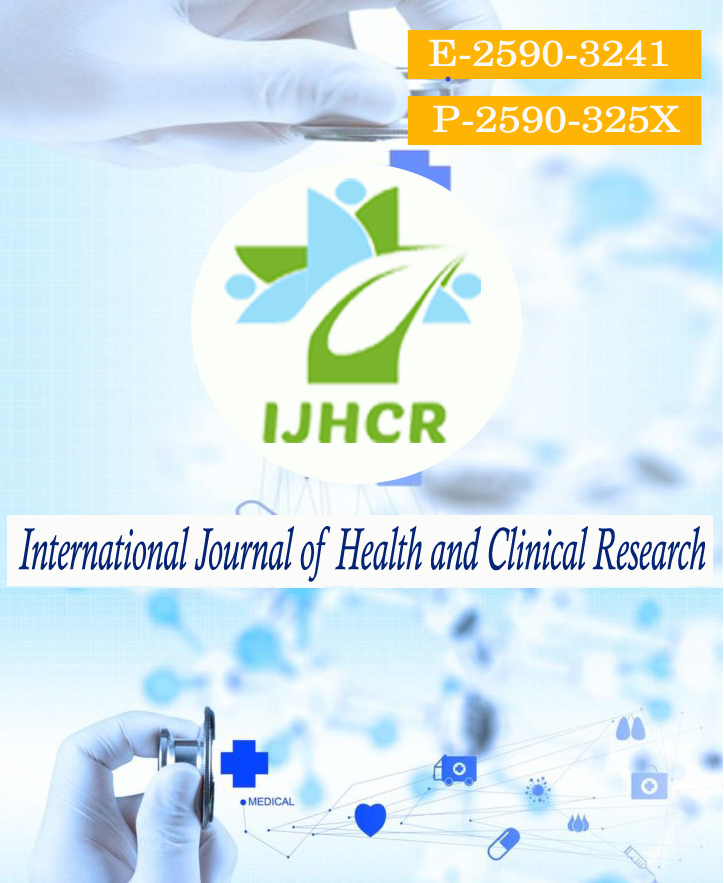Partially Reversible Acute Diffuse Renal Cortical Necrosis: A rare complication of a HUS in a young children
Keywords:
aHUS; Children; Partially; Reversible; Renal Cortical Necrosis.Abstract
Renal cortical necrosis is a rare cause of acute kidney injury (AKI). It is rare in children. Diffuse renal cortical necrosis often leads to end-stage kidney disease. However, the outcome of patchy renal cortical necrosis is variable. Here, we reviewed the case of diffuse RCN in a 7-year girl caused by a HUS. She presented with acute abdominal pain, vomiting, and fever. Later she developed absolute anuria and anasarca. On examination, she had hypertension (154/80 mm Hg) and pallor. Laboratory findings were: White Blood Cell 19,930/mm3, Hemoglobin 6.8 g/dL, Platelets 62,000/mm3, Blood Urea 221 mg/dl, Sr. Creatinine 11 mg/dL, SGPT 192 IU, SGOT 141 IU, LDH 2482 U/l, Corrected reticulocyte counts 5.7 %, low C3, Anti factor H titer 1270 AU/ml, and CFHR deletion. Renal histopathology revealed diffuse renal cortical necrosis. Thus, diffuse RCN caused by aHUS was the final diagnosis. She was managed with intravenous cyclophosphamide followed by Mycophenolate Mofetil along with oral steroid. Her urine output and renal function improved and became dialysis independent. Thus, early diagnosis and aggressive management of underlying illness may lead to better renal outcomes even in patients with diffuse RCN.
Downloads
Published
How to Cite
Issue
Section
License
Copyright (c) 2022 Shivendra Singh, Prem Shankar Patel, Archana, Harish Saini

This work is licensed under a Creative Commons Attribution 4.0 International License.






 All articles published in International Journal of Health and Clinical Research are licensed under a
All articles published in International Journal of Health and Clinical Research are licensed under a 